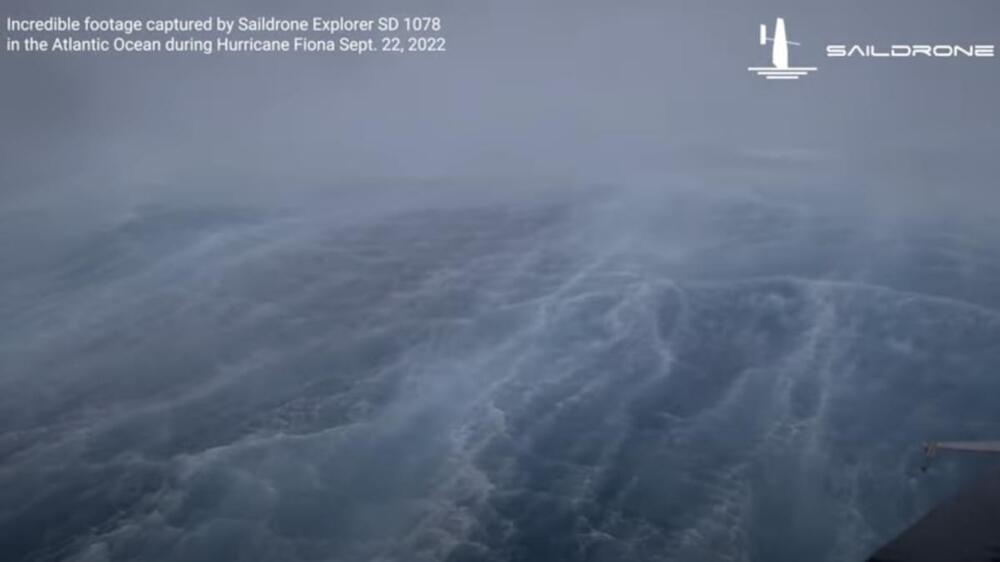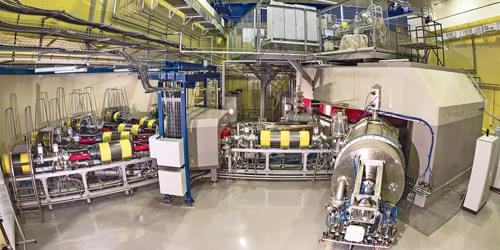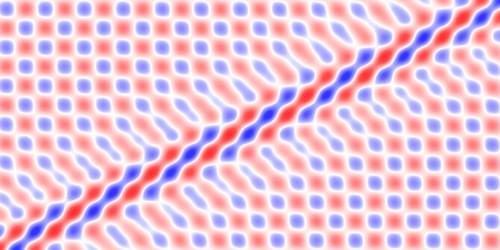Regent has released video of its remarkable Seaglider prototype in flight testing. The first machine to combine the efficiency advantages of ground effect and hydrofoiling in a single design, it promises revolutionary speed and range in coastal areas.
Wing-in-ground effect (WIG) aircraft such as the Soviet-era Ekranoplan have shown promise in the past, but they’re yet to take off, so to speak, as a mainstream form of transport. These low-flying birds ride on a cushion of air between their wings and the surface, which gives them a significant lift and efficiency boost over regular planes flying higher in the air – as long as they stay within their own wingspan of the surface beneath. This extreme altitude restriction means that while ground-effect aircraft could fly over land, it’s too dangerous for regular operations, and they typically stay over water.
The numbers haven’t been attractive enough to date, but the era of electrification brings a set of new incentives to the game. Electric boats are struggling to prove their worth; batteries simply don’t hold enough energy to push through the tough medium of water for long distances. Early electric aircraft struggle to deliver useful range with a decent number of passengers on board, too. Regent looked at this, and saw a situation where the efficiency of the old ground-effect vehicle could give it a genuine commercial advantage, if paired with another, more recent technology.








